Surf Wetsuit Glove Guide

Finding the right gloves can be one of the more challenging tasks in getting your gear dialed in. There can be many variables such as hand anatomy, glove cut, and thickness of a glove. In this guide, we’ve gathered information to help ease the process for you, and we’ll explain the differences between certain styles, thicknesses, and constructions, as well as the proper way to size wetsuit gloves. Read on to get one step closer to a toasty warm dialed-in pair of gloves.
Glove Thickness Temp Guide
Quick Disclaimer: The below temperatures are a great general guide for what gloves most people would choose in certain temperatures if they want their hands to stay warm. That said, everyone has their own preference, and some surfers will wear the recommended glove in warmer or colder temperatures than we suggest. Some people don’t wear gloves at all in temperatures below 50; we don’t recommend it, though.
Also, don’t forget about wind chill and air temperatures; if the air is cold, gloves can be necessary, even if the water is warmer.
1mm, 1.5mm, and 2mm Gloves - (60-50° F) Most surfers will start wearing 1mm to 2mm gloves once the water dips below 60°. This is generally the thinnest glove option for neoprene gloves. This is a great choice for those who dislike wearing gloves as it protects against the chill without being too cumbersome.
3mm Gloves - (High 55-45° F) A great option for those surfing in the Pacific Northwest, Canada, or Spring and Fall on the central and north East Coast.
5mm Gloves - (45-35° F) As you get up into the 5mm thickness of gloves, there begins to be some variation in styles offered, such as the lobster claw and mitten. This thickness is perfect for the North East, Alaska, or the Great Lakes in the early Spring and late Fall.
7mm Gloves (40-30° F) These gloves are made for the coldest temperatures surfers endure. They are robust and warm to keep your sessions as long as possible. At this thickness, there are mainly produced in the mitten style, but there are some lobster claw options as well. These mitts are best suited for surfing through winter on the East Coast, Great Lakes, and anywhere far north.
Styles of Glove

5 Finger - This is the most common cold water style due to the full dexterity of each finger. This helps with keeping movements natural and comfortable. This option is available in 1mm - 5mm.
Three Finger or Lobster Claw - The 3 finger glove, otherwise known as the Lobster Claw, combines the benefits of gloves and mittens. The usual configuration for this model is having the thumb and index finger separate from the rest of the fingers. This design allows for a bit more control than a mitten. One thing to keep in mind is that sizing can be a bit more difficult with the three-finger style, so it is essential to get your measurements right and possibly try a couple of brands as they are each a bit different.
Mittens - Only those surfing in the coldest waters will require a mitten. By keeping your fingers together, the warmth of the mitten is far greater than in gloves. They can make managing your equipment a bit more difficult during a surf, but if you require maximum warmth, you will be thankful to have chosen to use mittens.
Construction

Smooth skin - Neoprene with a smooth appearance that cuts wind effectively and doesn’t absorb water. The downside is that they are slightly less durable and can be prone to finger nail tears if you aren’t careful.
Taping - This type of seam seal uses strips of fabric glued onto the seam.
Seam Weld - This is when glue or a silicon layer is externally applied to the seams creating a water-tight seal.
Liner vs. Linerless - Having a liner within the glove can increase the warmth and comfort of the glove. Having no liner can create a more minimal feel to help with board feel and also can contribute to drying faster.
How to Size Wetsuit Gloves
Getting the sizing correct for your gloves is very important. If your gloves are too big, they can end up flushing and feel like you have weights on the ends of your arms. If you are between sizes, you should try sizing down as the glove will stretch a bit over time.
Every wetsuit glove on our website will include a size chart you can reference. Most brands ask the wearer to measure their hand from the center of the palm around the widest point, measure from the wrist to the end of the middle finger, and then choose the larger of the two measurements. Once you have this measurement, you match it up to the size chart to determine what size you need.
| Size | Hand Length | Palm Width |
| 2XS | 6″-6.5″ | 6.5″-7″ |
| XS | 6.5″-7″ | 7″-7.5″ |
| S | 7″-7.5″ | 7.5″-8″ |
| M | 7.5″-8″ | 8″-8.5″ |
| L | 8″-8.5″ | 8.5″-9″ |
| XL | 8.5″-9″ | 9″-9.5″ |
| 2XL | 9″-9.5″ | 9.5″-10″ |
Wetsuit Glove FAQ

Do they make women’s sized wetsuit gloves?
Generally, wetsuit gloves are designed to be unisex, and the sizing matches men’s hand sizes. Because neoprene is stretchy, this works well; however, there are a small handful of women’s specific wetsuit gloves that are sized and tailored to fit a women’s hand better.
Do they make youth wetsuit gloves?
They don’t make youth-specific wetsuit gloves; however, sizes can go down to XXS, which can work for kids down to 5 years old. It is also worth noting that even if the glove is a little large, it will provide extra warmth, so it can be worth using if your child's hand is slightly smaller than the XXS size.
How long should gloves last?
Neoprene gloves don’t last forever, but you should be able to get about 75 uses out of your gloves before they start to deteriorate. Depending on your water temperature, the gloves may continue to work well enough, even with a few leaks extending their life further.
What is the warranty on wetsuit gloves?
Most wetsuit companies have a 90-day warranty on their wetsuit gloves.
Do your wetsuit gloves go over or under your wetsuit?
Wetsuit gloves should be tucked under the wrist cuff of your wetsuit to form the most water-tight seal.
How do you take care of your wetsuit gloves?
The best way to take care of your wetsuit gloves is to rinse with fresh water after each use and hang to dry away from direct sunlight and too much heat. Heat will dry out the neoprene over time, and it can become less stretchy and durable. Shampooing your gloves using wetsuit shampoo from time to time will keep the gloves clean and free of odor. The shampoo also conditions the neoprene to keep it from losing its supple feel and stretch.
Are wetsuit gloves waterproof?
Wetsuit gloves are not waterproof, though they keep most water out. Any neoprene product, be it a wetsuit, a bootie, or a glove, is designed to let some water in and trap it. Your body quickly heats it up, and you stay warm.
Are wetsuit gloves windproof?
Neoprene does a pretty good job of blocking wind; however, the wind will still affect the warmth of your hands inside wetsuit gloves. Getting a wetsuit glove with smooth skin will dramatically reduce any wind chill and thus be much warmer.
How do you repair wetsuit gloves?
Wetsuit gloves can be repaired at home with wetsuit glue. Check out our wetsuit repair guide for more information on how to repair neoprene wetsuits.
Can wetsuit gloves go in the washer or dryer?
Wetsuit gloves are not designed to be washed or dried in a machine. You will want to hand wash / rinse with wetsuit shampoo and/or water, then hang to dry out of the sun.
Where to Buy Wetsuit Gloves
Hopefully, after reading this, you better understand the types of gloves available and how to pick a size that will work best for you. We offer a full selection of wetsuit gloves for men, women, and kids. Shop at the links below.
Need More Info?
If you are looking for similar information on wetsuits, reviews, and more, check out the info below.
Related Articles:
- 7 Best Surf Gloves For 2022 Review
- 7 Best Surf Boots For 2023
- 8 Best Surf Hoods Of 2023
- Wetsuit Guide - A Surfers Guide to Wetsuits
- Surf Wetsuit Hood Guide
If you have any other questions about gloves, sizing, or any other products, feel free to contact us at support@cleanlinesurf.com, call us toll-free at 1-888-546-6176, or leave a comment below.
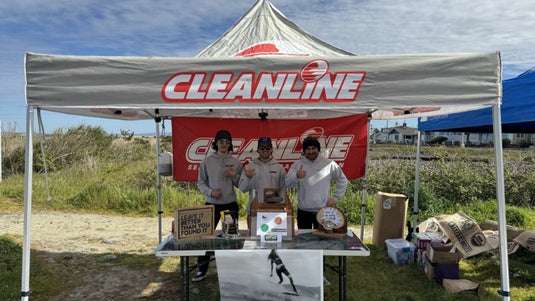
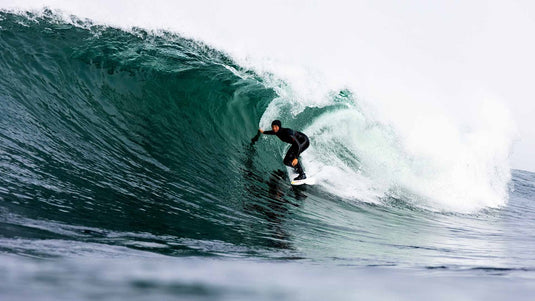
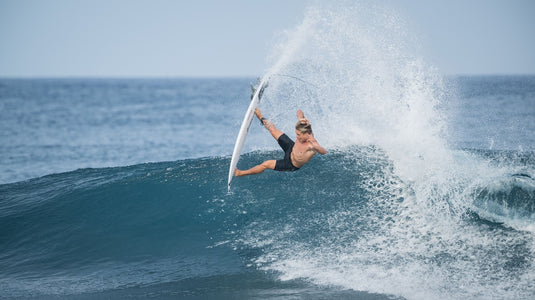
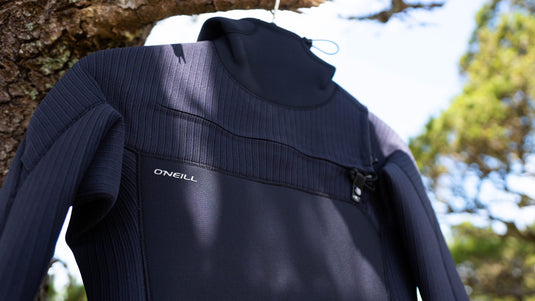
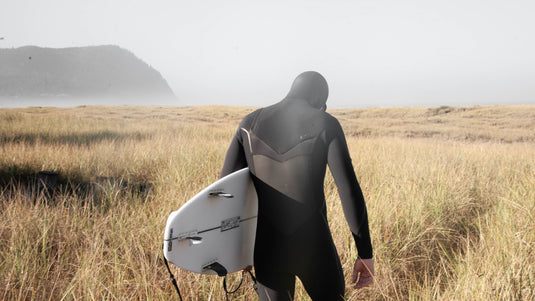
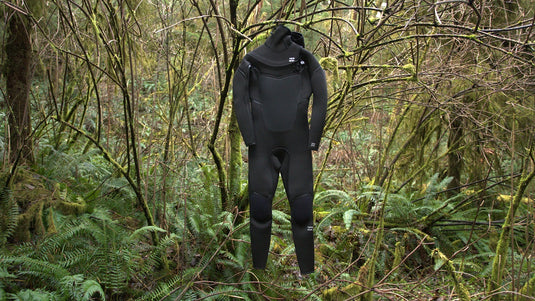
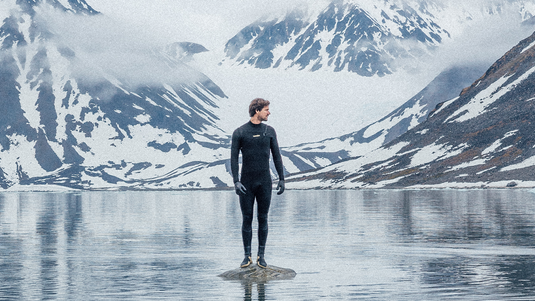
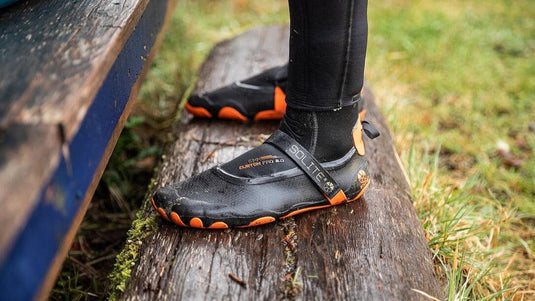
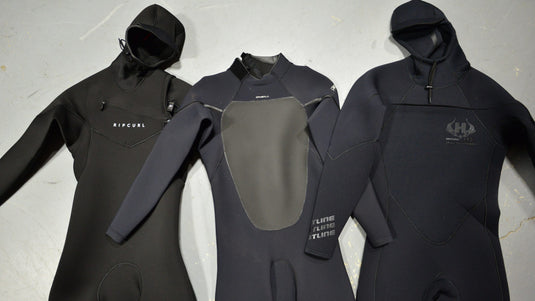
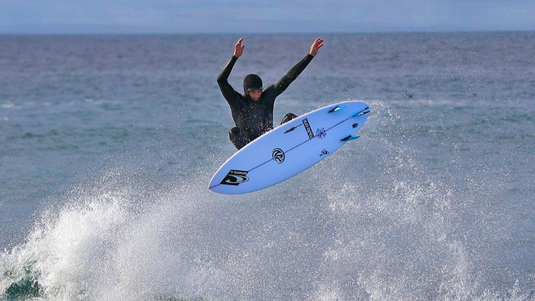
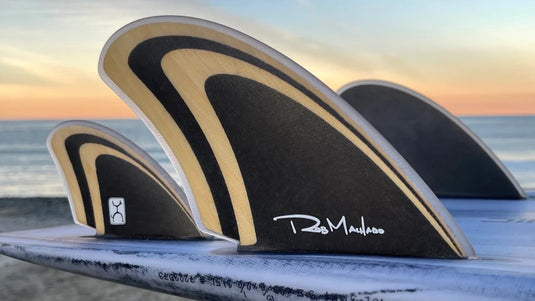
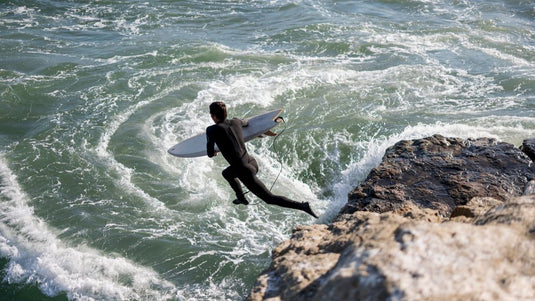
What Our Customers Are Saying